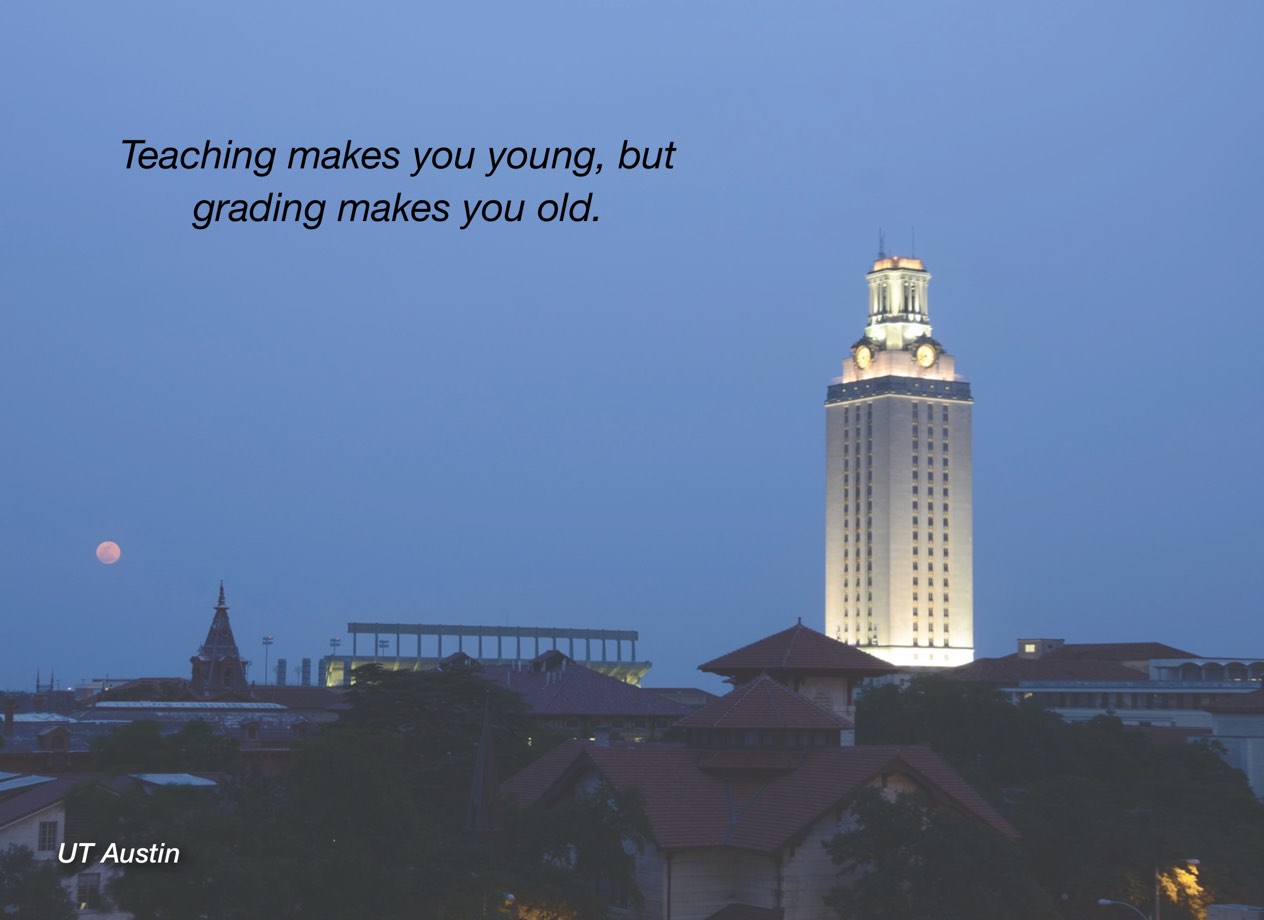32 Listening for Silences


Beth Brunk-Chavez
What happens when you ask a question of a class full of students, and . . . no . . . one . . . answers? You look around the room to find that all eyes are averted from your gaze. “If I make eye contact with her,” they think, “she will surely call on me to answer that question.” Some of us may be perfectly fine waiting for a response, asking the question in another way. But many of us, I suspect, would prefer to fill up that silence with answers.
Putting aside our own discomfort with silence, we wonder what could be happening here. It’s possible that students need a few moments to process a response to your brilliant, thought-provoking question. It’s possible that they simply aren’t prepared to answer. It is also possible that your question was, well, not a good question. And then what happens if we jump in and answer it for them? What message does that send?
Over the years, I’ve found a number of ways to either structure a less silent class or be comfortable with silence. Asking students to do more than read the textbook or articles before class is one good solution. Ask them to write a response to the reading, to participate on a discussion board, or to work in small groups before a larger class discussion. All of these activities help students think through the content before you pose those thought-provoking queries. When students have had a chance to think through some ideas and articulate them in other ways, they may then feel more comfortable sharing with the larger group.
Additionally, learn to be comfortable with silences yourself. Tell the students, “I’m going to let you think about that.” Then count to ten slowly. Take a few sips of coffee and move around the room a bit. Pose the question again, and then see what they come up with.
Silences can be telling. That’s true in relationships, in politics, and in teaching. Learning to listen carefully to the silences – and noticing when they occur – will help us move beyond frustration and discomfort. It will assist us in figuring out the best way to help students think deeply and articulate their thoughts.


Chapter 32 Commentary: Sophia Andres
“On the first day of class, almost every student seems frozen yet eager to scrutinize their new professor. I often make it my goal to have every class buzz with interactions among the students by the end of the semester. They might come to class for their professor and the content, but I’m even happier when they come to see their friends, some of whom might end up being in their circle of support for semesters to come. I always take time on the first or second session of my classes to have the students introduce each other and ask them to report something unique about the person they interview. I also joke that part of their final will be to know each other’s name, provided the class is a reasonable number.
I make it a point of breaking down my lectures to study questions which I give to my students before we discuss a topic. Then I assign students to a group where they decide which part of the question each one of them will be responsible for. I also have them write their answer and submit it when we have completed our discussion. The questions I ask pertain to those to which they have already worked on. When students have had the opportunity to think about the questions, discuss responses with their classmates, and write about them, we are able to collectively break the silences.”

